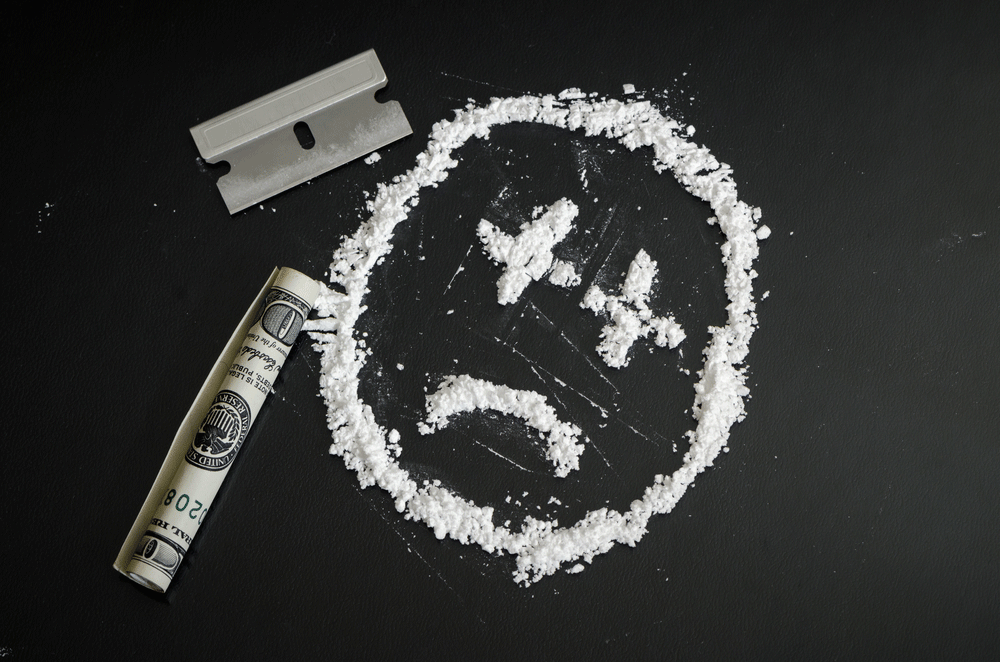went on to become longtime users.
Crack cocaine use has also been in sharp decline since 2008, and Colombian authorities refocusing their efforts on targeting drug labs, versus the cartels themselves, is one of the key reasons. Once the facilities in charge of turning coca leaves into cocaine were shut down, cocaine supply dropped, and the price skyrocketed. As a result, consumption dropped.
In 2013, 1.5 million people aged 12 or older were consistent cocaine abusers, according to a 2015 article from the National Institute on Drug Abuse. This number marks a paramount improvement from 2002 to 2007, during which time, NIDA estimated the number of cocaine addicts was anywhere between 2 million and 2.4 million.
Whether it’s due to a changing perception of what’s popular or efforts by law enforcement, the U.S. Office of National Drug Control Policy announced a 41 percent worldwide decline in cocaine production since 2001.
Heroin use, however, has been the rise. According to the UN Office on Drugs and Crime, there were approximately 1 million heroin users in the U.S. in 2014, which is roughly three times what it was in 2003.
According to DEA spokesperson Steven T. Bell, education is the best prevention strategy.
“While there has been a lot of work done, there’s a lot of work that still needs to happen,” he said.
















